创建继承 ListView 控件1. 启动 MicrosoftVisualStudio.NET 或 Microsoft Visual Studio 2005。
2. 在文件菜单, 指向新建 , 然后单击项目 。
3. 在新建项目 对话框中, 单击 ProjectTypes@@ , 下VisualC #项目,然后单击模板下WindowsControlLibrary@@ 。
注意 对于 Visual Studio 2005, 单击 项目类型 下 VisualC # 。
4. 用以下代码替换所有 UserControl 类中代码:
using System;
using System.Collections;
using System.ComponentModel;
using System.Drawing;
using System.Data;
using System.Windows.Forms;
namespace InheritedListView{
/// <summary>
/// Summary description for UserControl1.
/// </summary>
public class MyListView : System.Windows.Forms.ListView
{
/// <summary>
/// Required designer variable.
/// </summary>
private System.ComponentModel.Container components = null;
public MyListView()
{
// This call is required by the Windows.Forms Form Designer.
InitializeComponent();
// TODO: Add any initialization after the InitForm call
}
/// <summary>
/// Clean up any resources being used.
/// </summary>
protected override void Dispose( bool disposing )
{
if( disposing )
{
if( components != null )
components.Dispose();
}
base.Dispose( disposing );
}
#region Component Designer generated code
/// <summary>
/// Required method for Designer support - do not modify
/// the contents of this method with the code editor.
/// </summary>
private void InitializeComponent()
{
components = new System.ComponentModel.Container();
}
#endregion
private const int WM_HSCROLL = 0x114;
private const int WM_VSCROLL = 0x115;
protected override void WndProc(ref Message msg)
{
// Look for the WM_VSCROLL or the WM_HSCROLL messages.
if ((msg.Msg == WM_VSCROLL) || (msg.Msg == WM_HSCROLL))
{
// Move focus to the ListView to cause ComboBox to lose focus.
this.Focus();
}
// Pass message to default handler.
base.WndProc(ref msg);
}
}
}
注意 : 代码应更改 Visual Studio 2005 中。 当您创建 WindowsForms 项目, VisualC # 将一个表单添加到项目默认。 此表单名为 Form 1。 表示形式两文件命名为 Form 1 和 Form1.designer.cs。 Form 1 中编写代码。 Designer.cs 文件是其中 Windows 窗体设计器编写代码实现所有操作您执行通过添加控件。 请有关 WindowsForms 设计器在 Visual C# 2005, 访问以下 MicrosoftWeb 站点:http://msdn2.microsoft.com/en-us/library/ms173077.aspx (http://msdn2.microsoft.com/en-us/library/ms173077.aspx)
5. 保存并生成项目。
创建示例应用程序1. 请执行下列步骤来创建一个新 Windows 应用程序或 VisualC # 2005 VisualC # .NET 中:
- 在文件菜单, 指向新建 , 然后单击项目 。
- 在新建项目对话框中, 单击项目类型,下Visual C # 项目然后再单击模板下面 Windows 应用程序。默认情况下, 创建 Form 1。
- 注意对于 Visual Studio 2005, 单击 项目类型 下 VisualC # 。
2. 请按照下列步骤来添加该控件与您创建中创建继承 ListView 控件 向 Windows 应用程序部分:
- 在工具菜单上, 单击 CustomizeToolbox@@@ 。
- 在 .NET 框架组件选项卡, 单击浏览 。
- 在打开对话框中, 定位与中创建控件创建继承 ListView 控件部分, 然后单击打开 。 将该控件添加到工具箱以便您可以使用任何其他控件类似控件。
- 将MyListView从工具箱的常规部分到 Form 1。
3. 将 ComboBox 控件从工具箱的 WindowsForms 部分拖到 Form 1。
4. 在属性窗口是 ComboBox , 将 Name 属性设置为 cbListViewCombo然后将 Visible 属性设置为 False 。
5. 以下代码添加到上面构造函数是 Form 1 类:private ListViewItem lvItem;
6. 以下代码添加到 Form 1 的 Load 事件:
// Add a few items to the combo box list.this.cbListViewCombo.Items.Add("NC");
this.cbListViewCombo.Items.Add("WA");
// Set view of ListView to Details.this.myListView1.View = View.Details;
// Turn on full row select.this.myListView1.FullRowSelect = true;
// Add data to the ListView.ColumnHeader columnheader;
ListViewItem listviewitem;
// Create sample ListView data.listviewitem = new ListViewItem("NC");
listviewitem.SubItems.Add("North Carolina");
this.myListView1.Items.Add(listviewitem);
listviewitem = new ListViewItem("WA");
listviewitem.SubItems.Add("Washington");
this.myListView1.Items.Add(listviewitem);
// Create column headers for the data.columnheader = new ColumnHeader();
columnheader.Text = "State Abbr.";
this.myListView1.Columns.Add(columnheader);
columnheader = new ColumnHeader();
columnheader.Text = "State";
this.myListView1.Columns.Add(columnheader);
// Loop through and size each column header to fit the column header text.foreach (ColumnHeader ch in this.myListView1.Columns){
ch.Width = -2;
}
7. 将以下代码添加到 ComboBox 的 SelectedValueChanged 事件:
// Set text of ListView item to match the ComboBox.lvItem.Text = this.cbListViewCombo.Text;
// Hide the ComboBox.this.cbListViewCombo.Visible = false;
8. 将以下代码添加到 保留 的 ComboBox 事件:
// Set text of ListView item to match the ComboBox.lvItem.Text = this.cbListViewCombo.Text;
// Hide the ComboBox.this.cbListViewCombo.Visible = false;
9. 将以下代码添加到 ComboBox 的 KeyPress 事件:
// Verify that the user presses ESC.switch (e.KeyChar){
case (char)(int)Keys.Escape:
{
// Reset the original text value, and then hide the ComboBox.
this.cbListViewCombo.Text = lvItem.Text;
this.cbListViewCombo.Visible = false;
break;
}
case (char)(int)Keys.Enter:
{
// Hide the ComboBox.
this.cbListViewCombo.Visible = false;
break;
}
}
10. 将以下代码添加到的 myListView1 MouseUp 事件:
// Get the item on the row that is clicked.lvItem = this.myListView1.GetItemAt(e.X, e.Y);
// Make sure that an item is clicked.if (lvItem != null)
{
// Get the bounds of the item that is clicked. Rectangle ClickedItem = lvItem.Bounds;
// Verify that the column is completely scrolled off to the left.
if ((ClickedItem.Left + this.myListView1.Columns[0].Width) < 0)
{
// If the cell is out of view to the left, do nothing.
return;
}
// Verify that the column is partially scrolled off to the left.
else if (ClickedItem.Left < 0)
{
// Determine if column extends beyond right side of ListView.
if ((ClickedItem.Left + this.myListView1.Columns[0].Width) > this.myListView1.Width)
{
// Set width of column to match width of ListView.
ClickedItem.Width = this.myListView1.Width;
ClickedItem.X = 0;
}
else
{
// Right side of cell is in view.
ClickedItem.Width = this.myListView1.Columns[0].Width + ClickedItem.Left;
ClickedItem.X = 2;
}
}
else if (this.myListView1.Columns[0].Width > this.myListView1.Width)
{
ClickedItem.Width = this.myListView1.Width;
}
else
{
ClickedItem.Width = this.myListView1.Columns[0].Width;
ClickedItem.X = 2;
}
// Adjust the top to account for the location of the ListView.
ClickedItem.Y += this.myListView1.Top;
ClickedItem.X += this.myListView1.Left;
// Assign calculated bounds to the ComboBox.
this.cbListViewCombo.Bounds = ClickedItem;
// Set default text for ComboBox to match the item that is clicked. this.cbListViewCombo.Text = lvItem.Text;
// Display the ComboBox, and make sure that it is on top with focus.
this.cbListViewCombo.Visible = true;
this.cbListViewCombo.BringToFront();
this.cbListViewCombo.Focus();
}
验证它工作1. 保存并运行示例。
2. 单击 ListView 中行。 注意, 第一列的当前行位置上出现一个组合框。
3. 以隐藏组合框, 单击组合框中的项目、 按 Esc, 和 ListView 然后滚动或其他控件。 注意, 位于第一列的 ListView 单击行的值, 组合框中单击了。
标签:
本站文章除注明转载外,均为本站原创或翻译。欢迎任何形式的转载,但请务必注明出处、不得修改原文相关链接,如果存在内容上的异议请邮件反馈至chenjj@evget.com
文章转载自:CSDN

 首页
首页 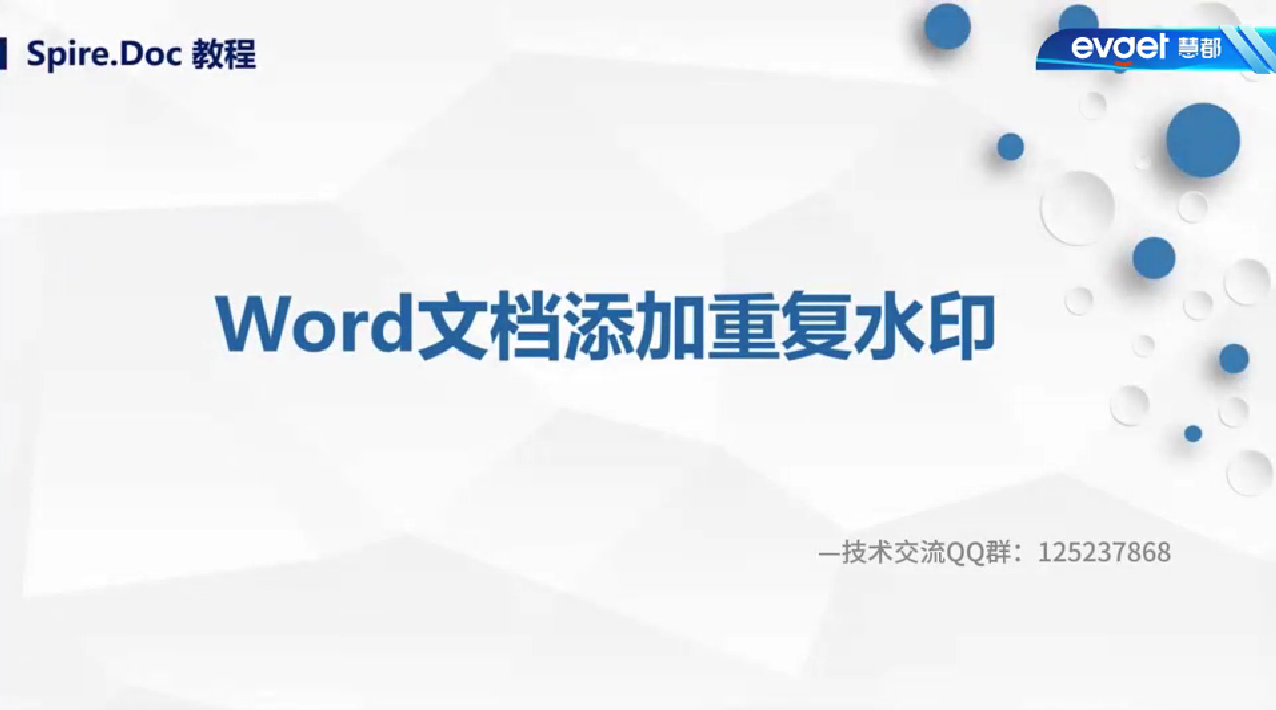
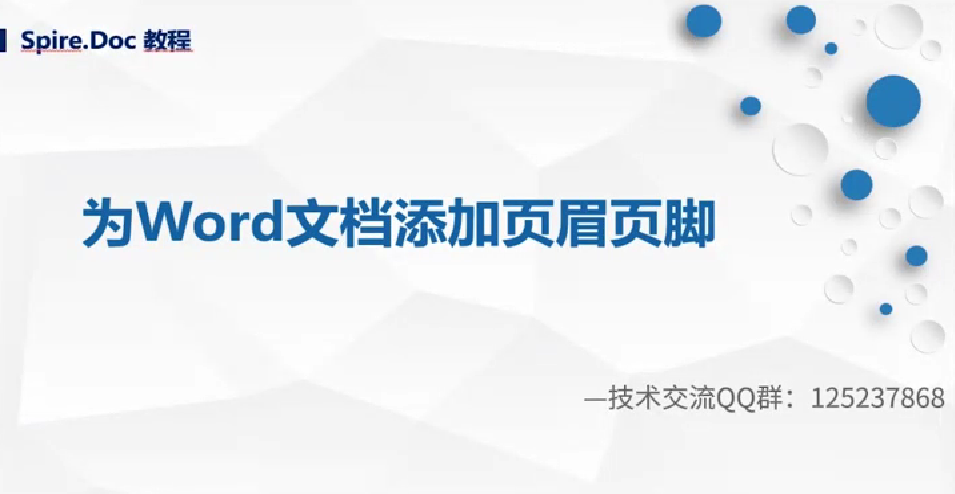
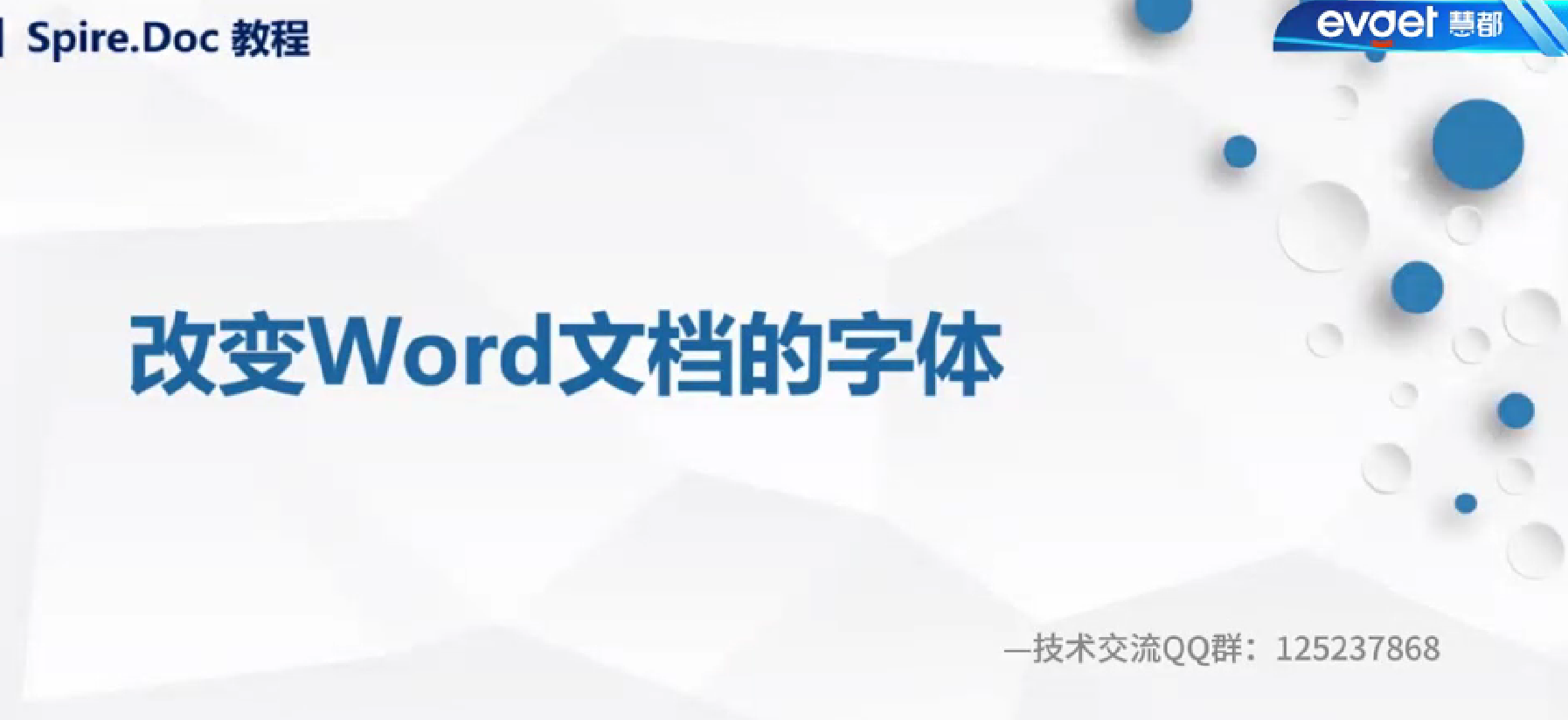

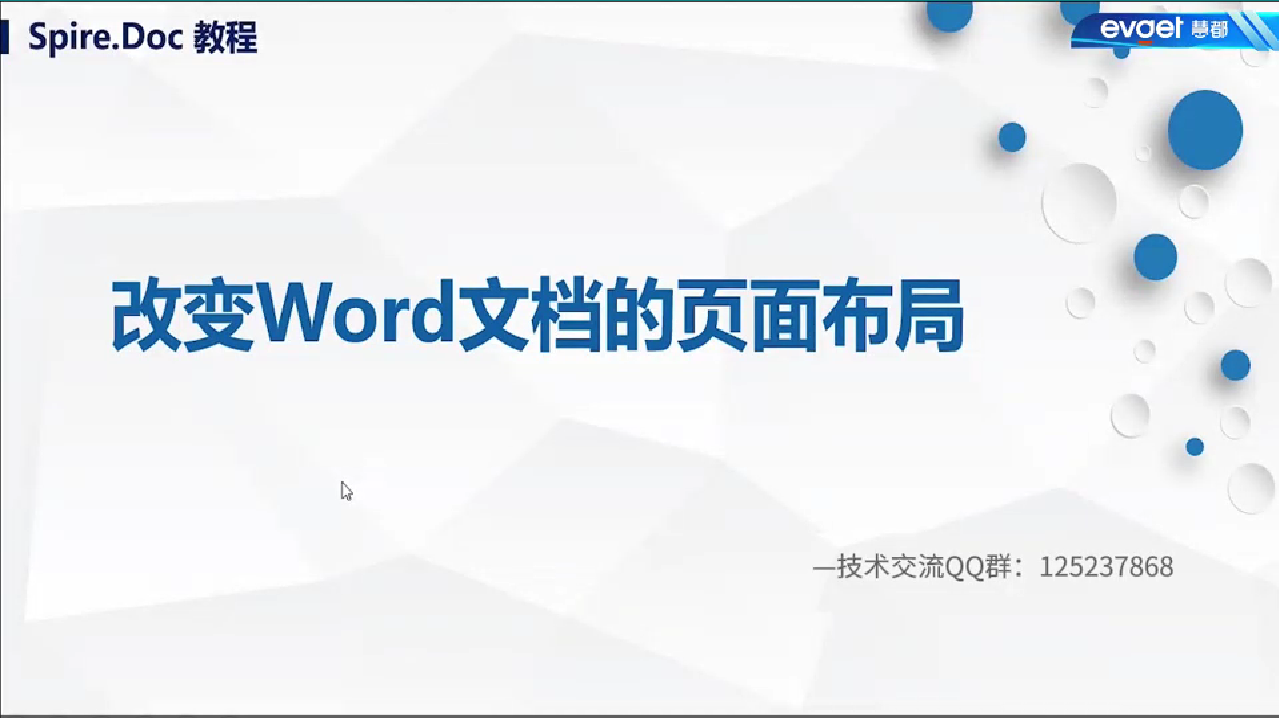
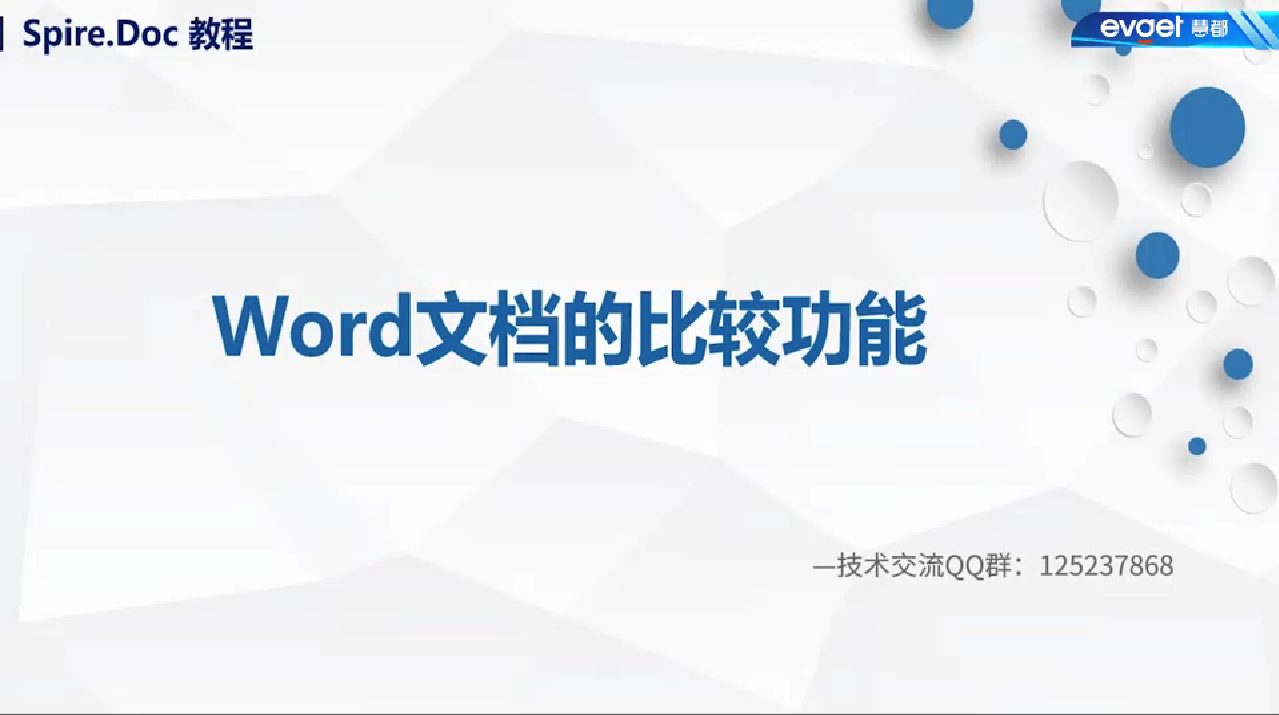




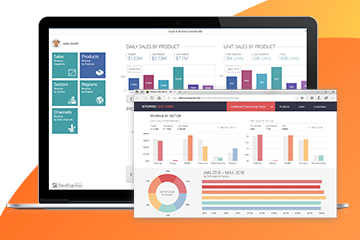
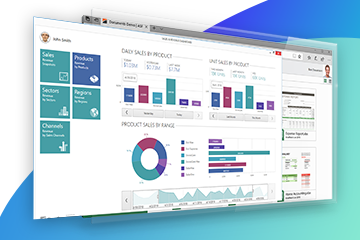
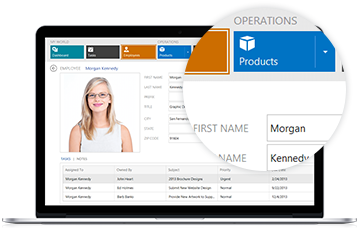

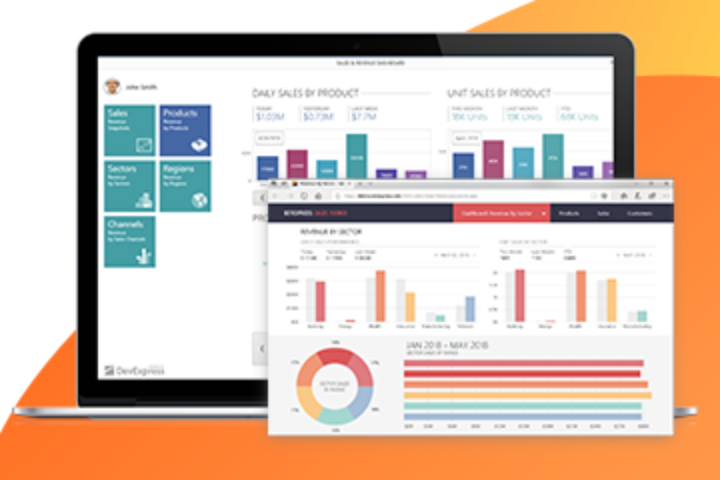

 75次
75次

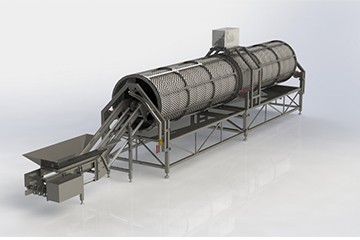
 相关文章
相关文章 

 在线咨询
在线咨询




 渝公网安备
50010702500608号
渝公网安备
50010702500608号

 客服热线
客服热线